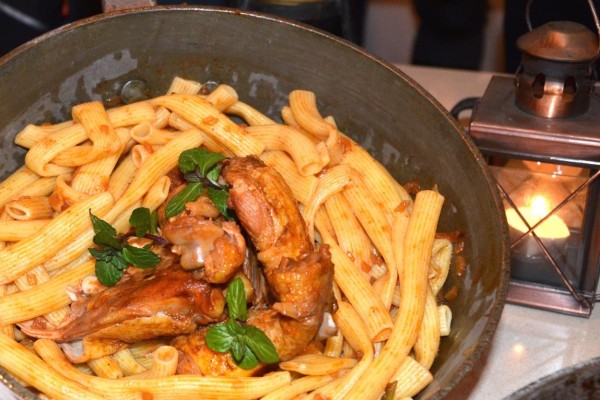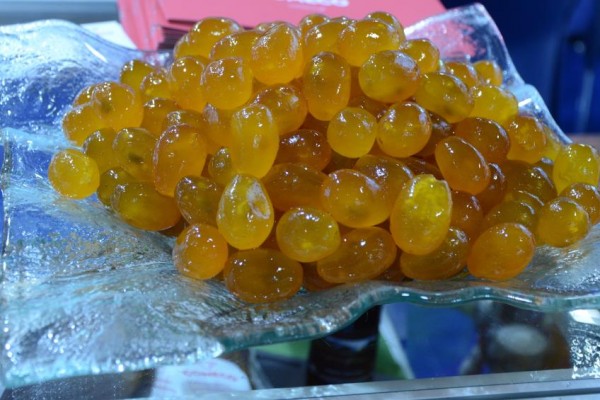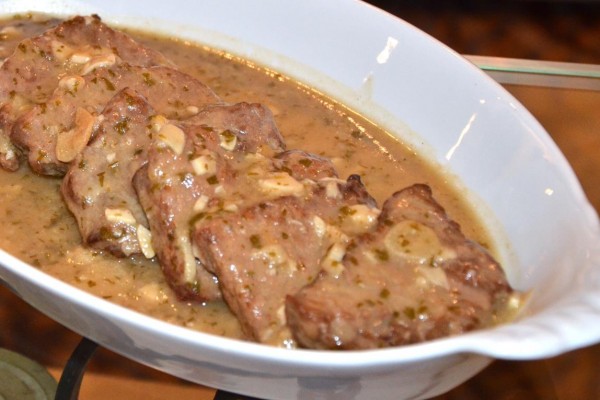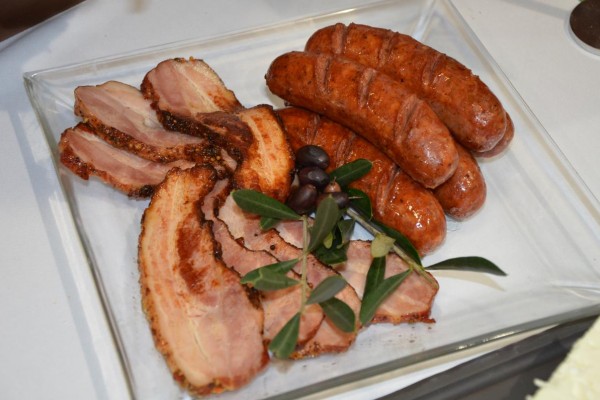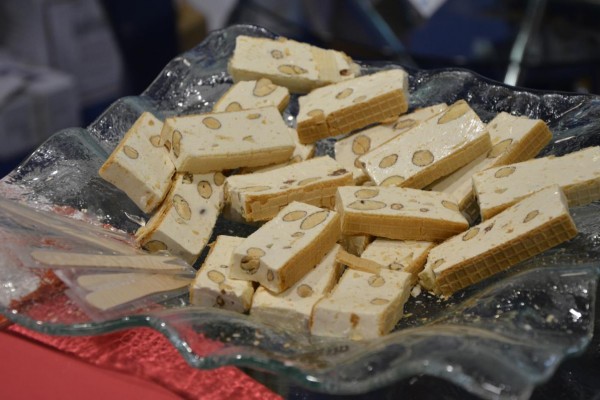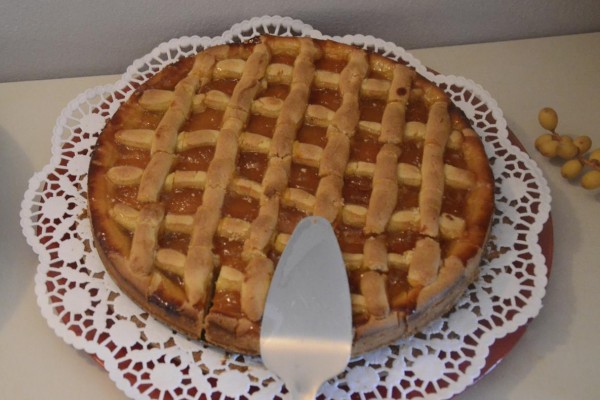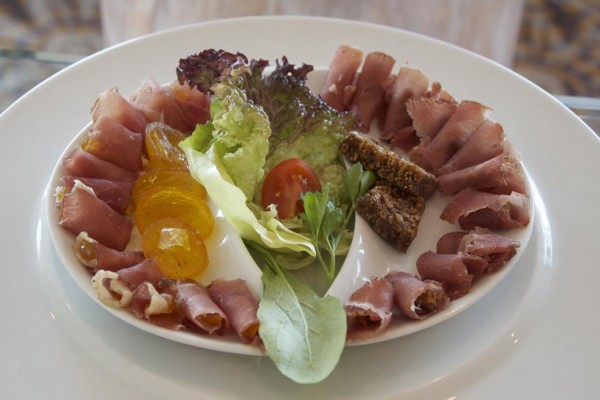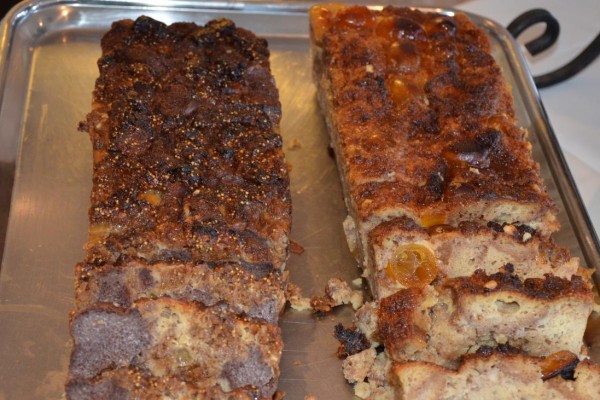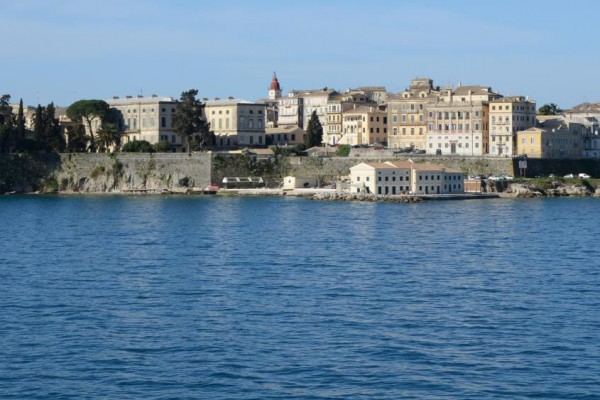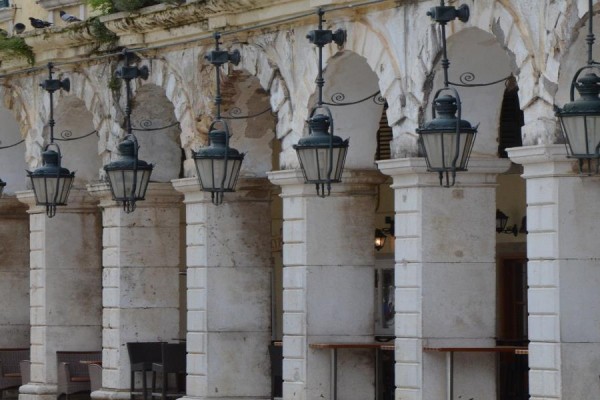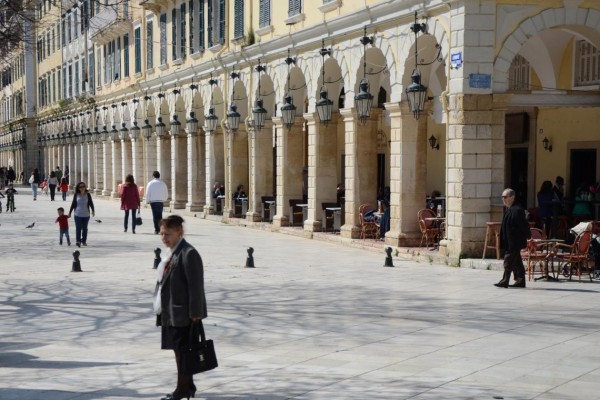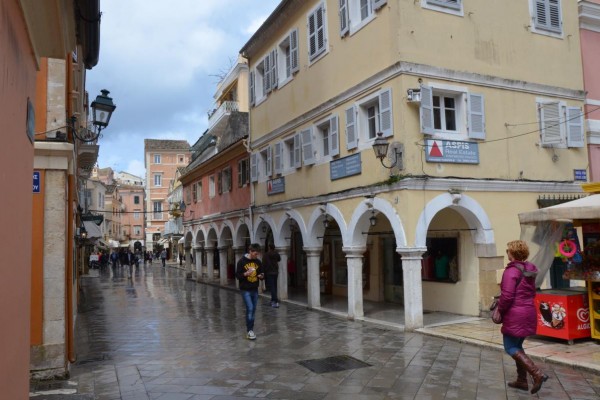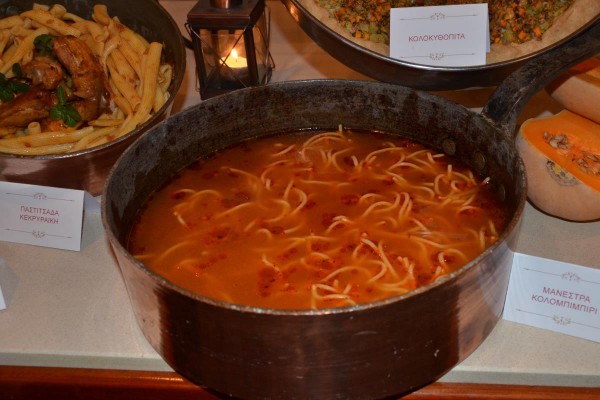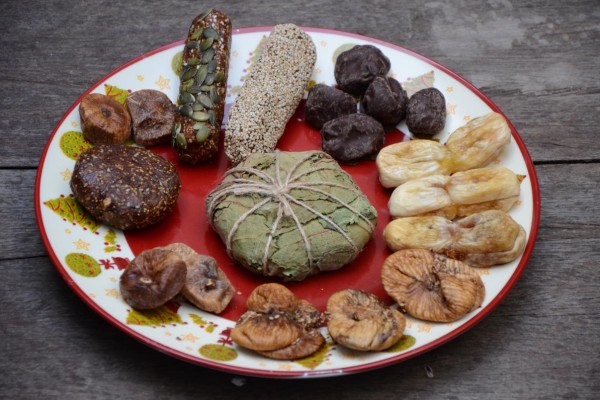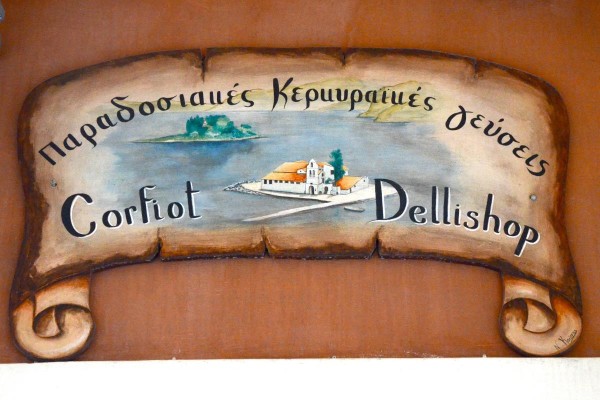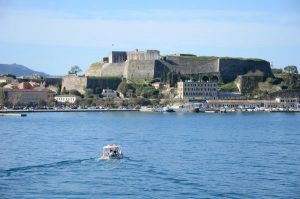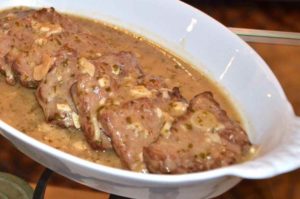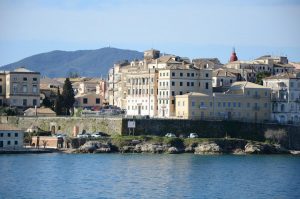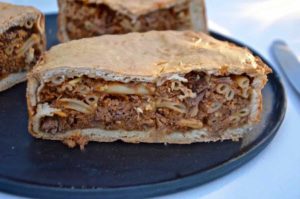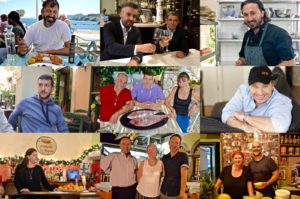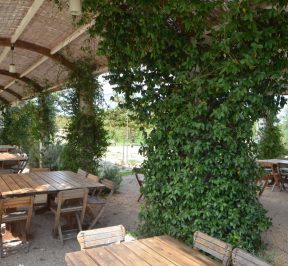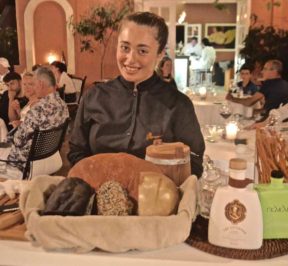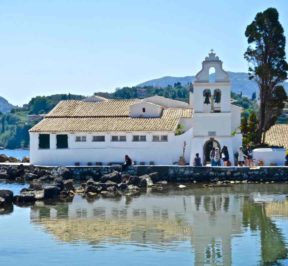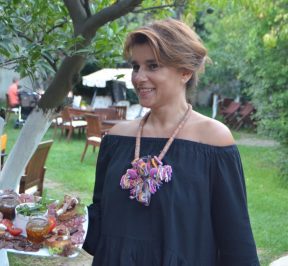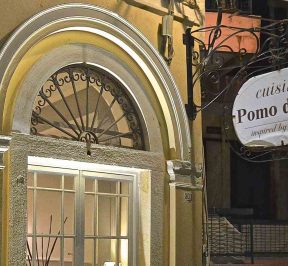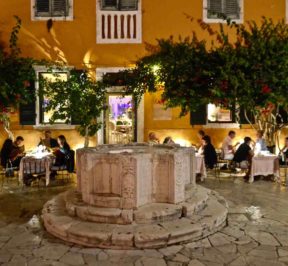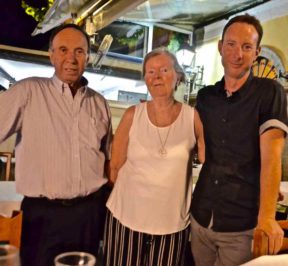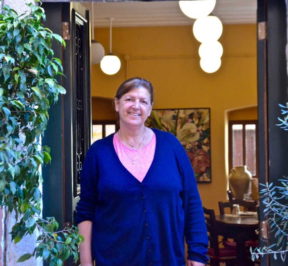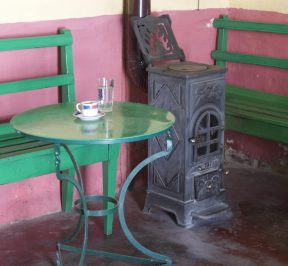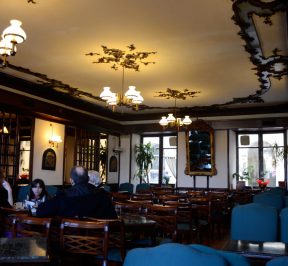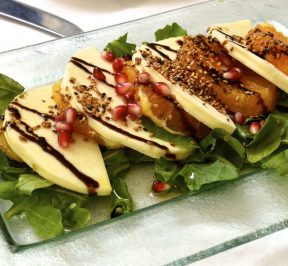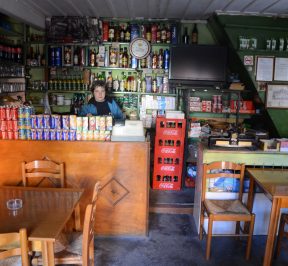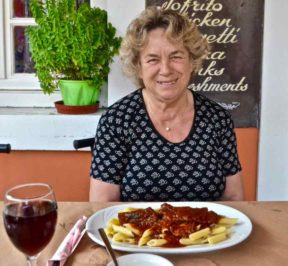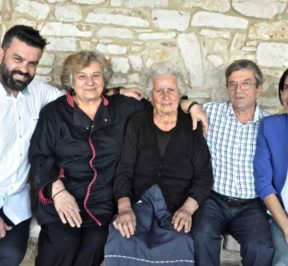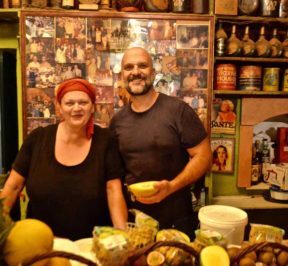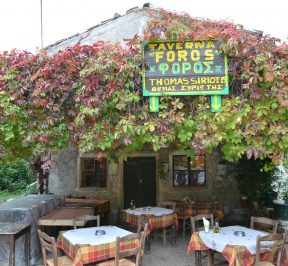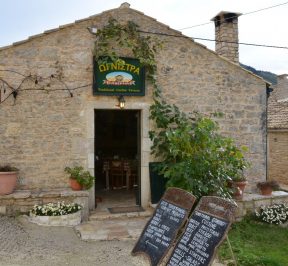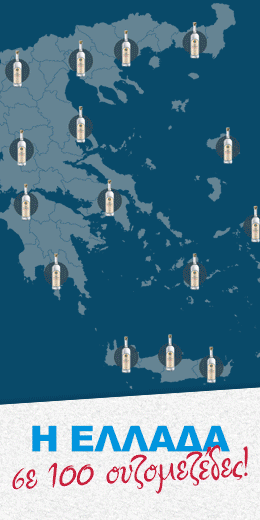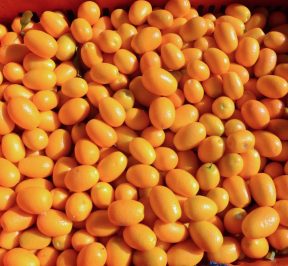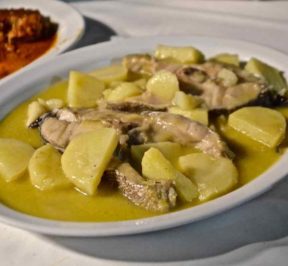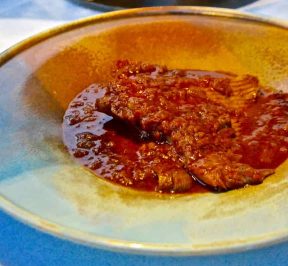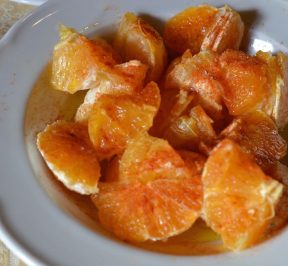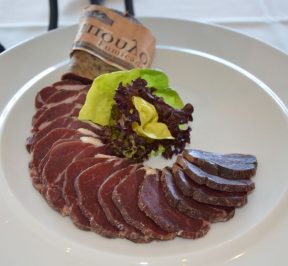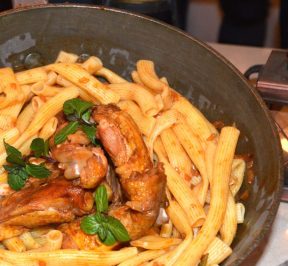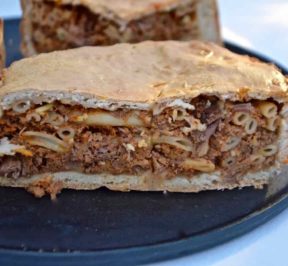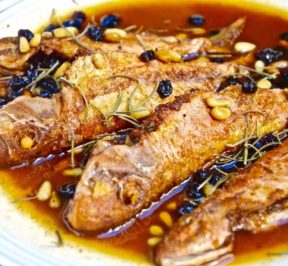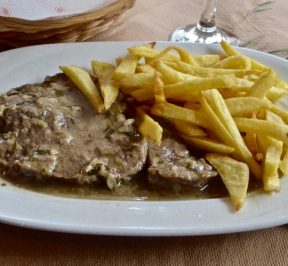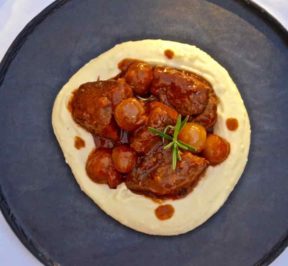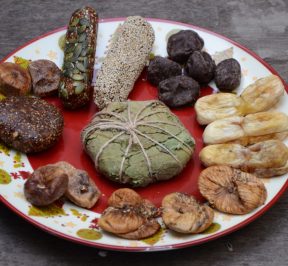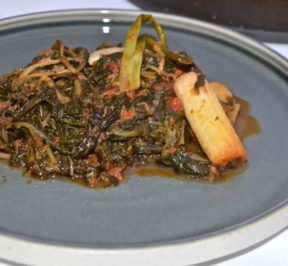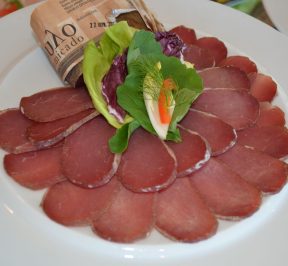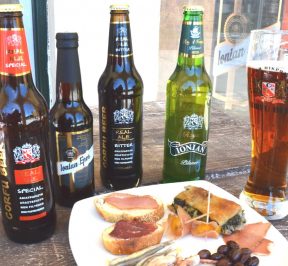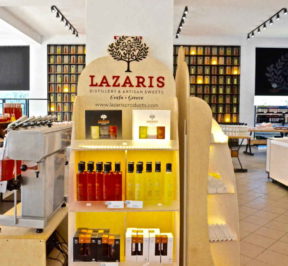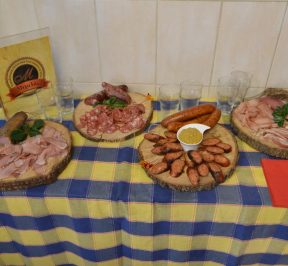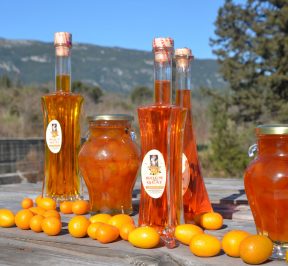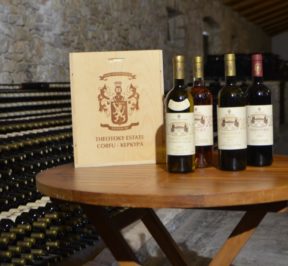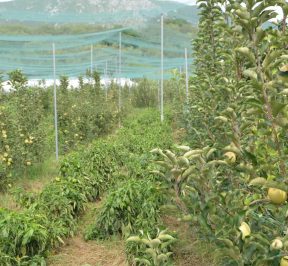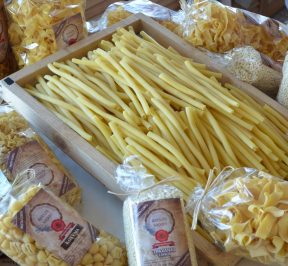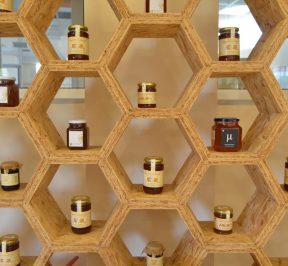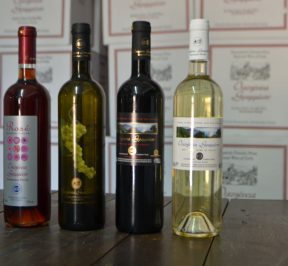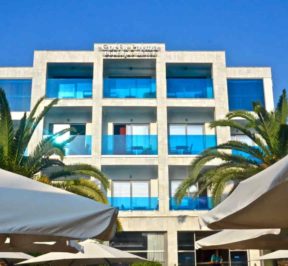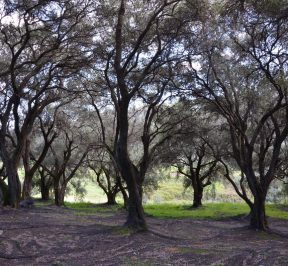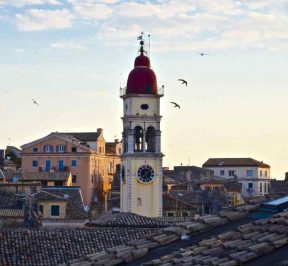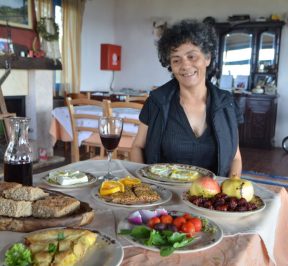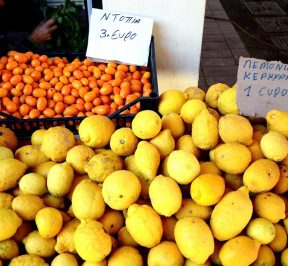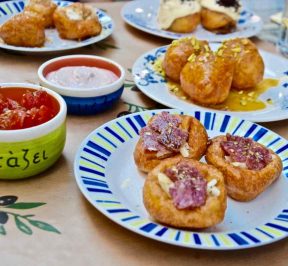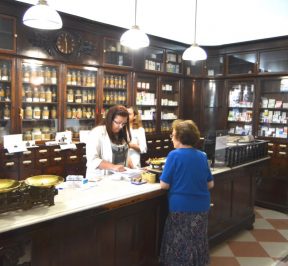Traditional Corfu Cuisine
Η Corfiot cuisine includes delicacies that a simple traveler - or a gourmet traveler - should look for, as they will shape the typical gastronomic experience of the island as long as the flavors are identical with the place. Some dishes may no longer exist, or we may find them rare Taverns or at family tables, but most are happily served at most restaurants of the island.
The delicacies are presented in alphabetical order.
Cabbages (wild grasses). Typical food of a rural family. Boiled wild greens in a deep dish with their juice, lots of lemon and fresh oil.
Korfos. Local cow's milk cheese with a very spicy taste. It was made in Corfu in the 1960s, modeled on Italian pecorino.
Chicken bollard. New Year's traditional dish. After the chicken is boiled in the pot, it is put in the oven and stuffed with ground beef, pancetta, eggs, thyme, dry cheese, garlic, oil, parsley, spices.
Eggplants pastrokio. Fried aubergines, sprinkled with cheese in layers in the oven between boiled eggs in slices, pancetta, salad (salami), drizzled with tomato sauce with basil.
Cod agiada. Salted "salted" cod with garlic, only in Corfu in the garlic except the garlic (aglio), bread and oil are added peeled almonds and vinegar.
Banquet. Macaroon with mandarin peels, sprinkled with white sugar.
Bianco. How to cook fish, with garlic, parsley, lemon juice, onions and potatoes.
Burdeto. Corfu fish cooking recipe with deep fried onion, light red sauce and strong taste of red hot pepper that goes out with lemon juice. Scorpions, cod, gulls, skates, snails, hawks are preferred.
Bourdouni. Coagulated beef blood, with pieces of pork fat, spices, onion, garlic, clove, nutmeg, salt and pepper. Fry and quench with vinegar.
Poultice. From the Latin bread (panis). Barley bread - sometimes fried stale) with olive oil, onions, tomato paste, oregano, thyme, salt was the snack of the poor.
Sponge cakes. Small cakes from Spain (pan de Spagnia) that arrived in 1492 with the persecution of the Jews. Sweet, light and invigorating, sprinkled with sugar.
Papalina. Very small dark sardine that becomes a delicious meze in the pan with flour and onion.
Flora paste. Homemade jam, decorated with dough strips, is spread on the dough (flour, butter, sugar, egg, water, oil) and baked at a low temperature in the oven.
Pastitsada. One of the most emblematic recipes of Corfu for cooking rooster or beef, is the food of the holidays and the official meals. After the meat is deep fried together with the spices, onions and garlic and extinguished with red wine, it is cooked with cinnamon, laurel, nutmeg, freshly chopped tomatoes, tomato paste and sugar, while finally the thick village spaghetti is added. Served with grated kefalotyri.
Pasticcio dolce. Rare recipe of Corfu, a remnant of Venetian cuisine. Between two layers of dough is placed a mixture of well-cooked meats (beef, pork, chicken, snipe, blackbirds, sausages, lard) and thick spaghetti with grated cheese and dill. The result is an incredible feast of flavors.
Pasticcio of the godmother (grandmother). Another variation of pasticcio dolce which was the first dish of a Sunday family lunch. Between the leaves of the dough together with the spaghetti are placed the thick spaghetti with tomato, salt, pepper, sugar, grated cheese, boiled egg slices, pieces of ham, salad (salami), and the meat (chopped pieces of chicken and beef or beef) with its sauce and spread cheese, a little pepper and three soups on top.
Pulenda. Boiled cornmeal porridge, accompanied by oil, salt and raisins.
Pudding.
Portes. Meatballs with red sauce. A variation includes anchovy filling, pancetta, cheese and nutmeg.
Rocca salad. Fresh arugula and portulaca leaves, mixed with onion slices, oil, salt, vinegar, sliced tomato slices and a few olives
Savoro. Spicy sauce that is common in the rest of island Greece, based on oil, vinegar, laurel, raisins, garlic, rosemary and in which fried fish are preserved (prawns, herring, red mullets). Favorite food of sailors.
Sofrito. The second emblematic food of Corfu - after the pastitsada - is prepared from thin slices of beef, which after being floured and left in the pan for a while, are cooked with white sauce of chopped garlic, parsley, white pepper, white wine, salt and vinegar. Served with fava beans or mashed potatoes.
Spetseriko. A composition of spices and aromatic plants (cinnamon, clove, nutmeg, bay leaf, allspice, cumin) that are dipped during cooking in the pot, flavoring the contents.
Stakofysi (Stock-fish) This is the cooking of the "dry" (stored and dried) cod that is sautéed with onion and red pepper, and then placed in the pot with tomato sauce, leeks and a little sugar. It was the version of the brothel for the rich.
Stew. These are pieces of beef marinated in wine, onion, chopped garlic, carrot, rosemary, sage, thyme, bay leaf and salt and pepper. The meat, after being fried with oil and chopped pancetta, is cooked together with the whole marinade, adding a little sugar. It is eaten with polenta that we pour over with the sauce.
Sycamore. Corfu homemade cake in the shape of a flattened burger made from dried figs, kneaded with ouzo, mastic and must with plenty of pepper and wrapped in walnut leaf.
Tingola. Liver fried with onion, tomato juice, salt and sugar, quenched with wine and sprinkled with chopped parsley.
Tzaletia (Giallo yellow in Italian). Cornmeal and wheat flour pastries fried in olive oil and served with icing sugar and cinnamon.
Gingerbread
Tsigareli. Frying method of boiled weeds (celery, leeks, leeks, etc.) with chopped onion and garlic, tomato, salt and red hot pepper. Good meze for wine.
Tsilihourda. Variation of the Easter cook with the difference that it is not a soup and consists only of coarsely chopped intestines cooked with chopped spring onions, parsley, dill, salt, pepper and lemon.
Figs. How to cook liver pieces on charcoal (Figa is the liver in Venetian) wrapped in bowls with the necessary herbs (garlic, oregano, pepper, cinnamon).
Fogatsa. Kind of bun of Venetian origin.
Strings. The strings of antiquity, become stringin in Byzantium, gardoumba in modern Greece and are the entrails of the lamb (livers, lungs, sweets) wrapped in lamb intestines, sprinkled with pepper, oregano, oil and lemon baked in the oven
Gastronomic culture of Corfu
Η Corfu had remained under Western occupation for seven centuries, a fact that catalyzed town planning, architecture, art, language, social organization, economy and culture in general.
This effect would not leave him unaffected gastronomic culture and cookery.
Η Corfiot cuisine by the time of Byzantium had been formed as one Mediterranean cuisine based on oil, wheat, wine, wild grasses, fish. Meat was rarely eaten by the poor and only on holidays.
From the foreign conquerors the influence of the French and the British was negligible. The Venetians were the ones who had the decisive influence, as in the Renaissance century Venice functioned as a European center of circulation. spices and sugar, which supplied luxury and wealth throughout Europe.
As a consequence of Venetian rule were the Venetians to impose in Corfu their own cuisine and their own way of eating. They brought new products and taught the people of Corfu how to eat them. The cornThe tomato, The beansThe pepper, but also coffeeThe chocolate and many others came to Corfu from the Venetians. However, they were soon appreciated by the people of Corfu and were integrated into their daily diet and thus reach our days almost unchanged. It is no coincidence that most modern recipes Corfiot cuisine have a Italian name and Venetian origin (bianco, burdeto, noumboulo, salado, panada, papalina, poulenta, propetes, savoro, sofrito etc).
This influence in the years of Venetian rule concerned only the cooking of the nobles and this because the social inequalities between the landowners aristocrats and the poor peasants were huge. Thus, in Corfu, two separate kitchens were formed Artists and popular. The kitchen of the lords used plenty of meat, fish, game, various expensive spices, but above all it required long preparation times, special care and elaborate combinations. The culmination of this cooking was the pasticcio Dolce, an extremely complex Venetian recipe that has its origins in the cuisine of ancient Rome.
All this was lacking from the peasant women of the village, that as a compensation they used their ingenuity and her imagination, on their meager materials. The main dish of the cooking of the popular classes was the salted cod in all their possible versions. With leeks and paprika on Sundays, with potatoes and rice, on Halloween and grilled with tomatoes and potatoes on the holy days of Christmas.
When in the late 19th and early 20th centuries, thanks to the roads that were opened, the countryside was connected to the city, inequalities between classes were reduced, the two kitchens intersected and the single local Corfiot cuisine.
The pasta they no longer came from Italy exclusively for the lords, but three factories (monasteries) produced pasta for all the Corfiots who loved them very much. The high humidity of the island and the heavy rainfall required the consumption of many calories and warm foods. In the pasta, in the hot pepper, in the garlic and the wine, the people of Corfu found what they were looking for and that is why they highlighted the pastitsada to their favorite food.
Today many of the traditional recipes are offered in several Corfiot taverns, thus projecting him with dignity gastronomic wealth Island's.
PLACE & HISTORY - TRADITIONAL KITCHEN
TAVERNS - RESTAURANTS - CAFES
PRODUCERS - WINERY


